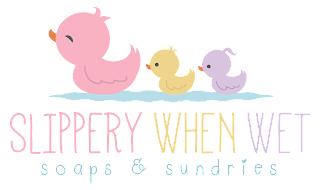 |
| We all need soap. |
To show an example of INCI lists, I will place one soap ingredient list that has all ingredients listed in readable English. The ingredient list after that will be the ingredients listed with the INCI list.
Soap Ingredients:
Coconut oil, raw cow milk, castor oil,
water, sunflower oil, lye, kokum butter, organic shea butter, fragrance,
2 farm fresh eggs, mica, rose petal powder, titanium dioxide, ROE, sunflower
petals, blackberry seeds.
INCI
Ingredient t Names: Sodium Cocoate (coconut
oil), Raw Cow Milk, Ricinus Communis (Castor) Seed Oil, Water (Aqua), Annuus (Sunflower) Seed Oil, Sodium Hydroxide (NaOH),
Garcinia Indica (Kokum) Seed Butter, Butyrospermum Parkii
(Shea Butter), 2 Farm Fresh eggs (eggs), Mica, Titanium Dioxide and Carmine, Helianth
Rosa Centifolia (Rose) Petal Powder, Titanium Doxide
(Titanium Dioxide), Rosmarinus Officinalis (Rosemary) Leaf Extract, us Helianthus Annuus (Sunflower) Petals, Rubus fruticosus (Blackberry) Seeds.
Even though you can figure out many of the ingredients from the INCI list, I like to give the customer an easier way to find out what ingredients are in my soaps. I have many allergies and I like to read what something has in it so I can avoid hives.
What would you rather read?
I hope you have a great weekend!!!
Please view my web store at:
And visit my Etsy shop at:
Dawnie


























